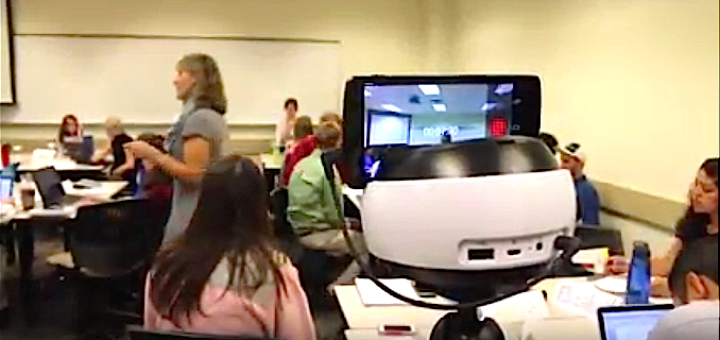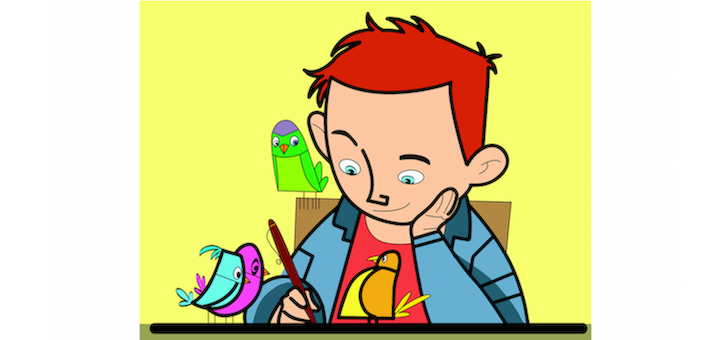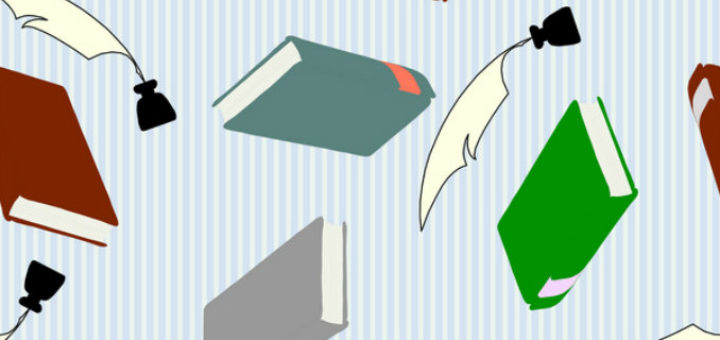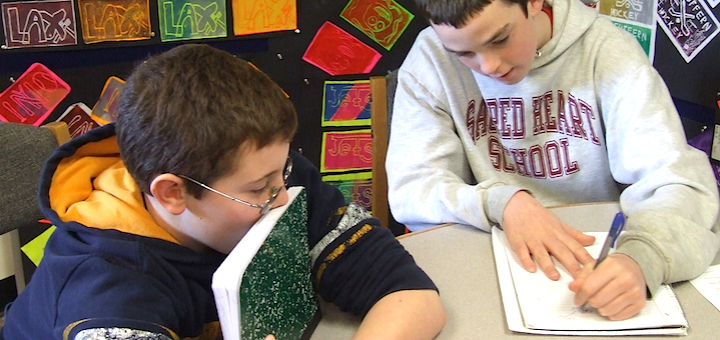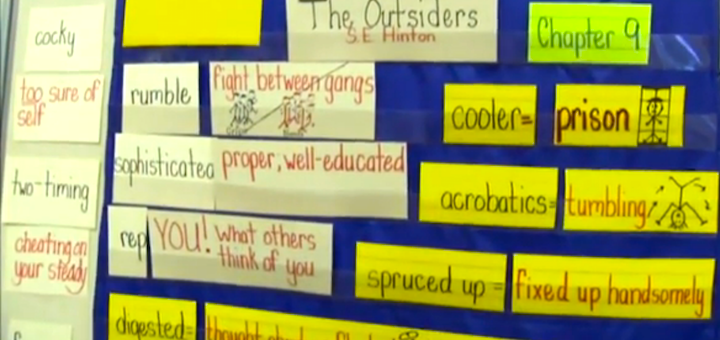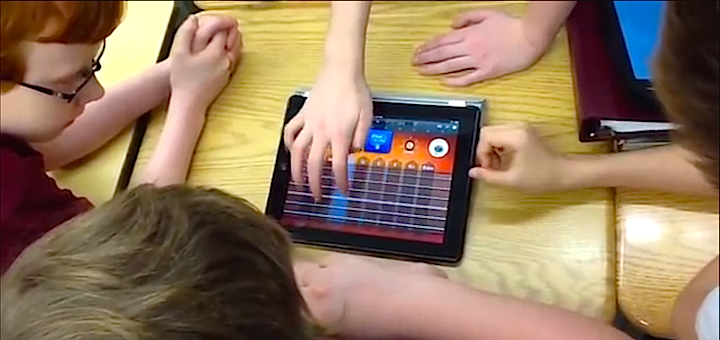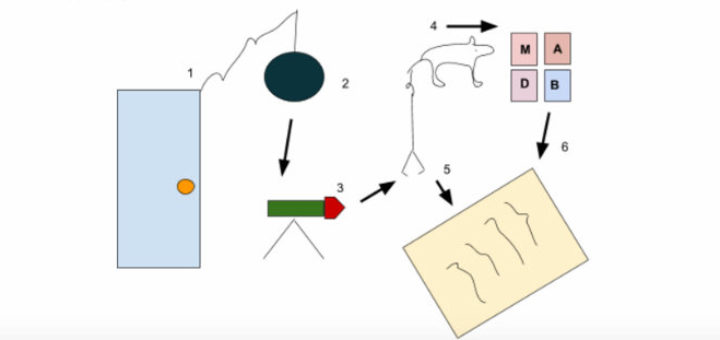Teaching and learning in grades 4-8
When Michelle Russell reviewed video of the classes she had recorded, reality turned out to be much different than what she had imagined was happening. In her usual transparent style, Russell describes what she’s learning and what she’ll do to improve her practice.
As moviemaking transitions from analog to ever advancing computer-driven technologies that meet the expectations of today’s audiences, the blended learning options involving media literacy, art, science and tech grow apace. Frank Baker explores the possibilities.
As she receives the Educators’ Choice Award for her blog post “Teaching By Doing Something Meaningful” at her first national conference, Mary Tarashuk remembers Madeline Hunter’s simple wisdom and considers the teaching power that comes from writing with students.
In “Read Talk Write” Laura Robb provides strategies that can grow students’ ability to have rich, accountable conversations, leading to productive, engaging writing. Reviewer Linda Biondi especially appreciates the mentor texts, detailed lessons, and reproducibles.
Cathie E. West packs her book with key concepts and skills, charts to help explain these, engagement strategies and step-by-step activities, all to help achieve teacher – and subsequently student – engagement. Literacy coach Janice Rustico finds it a keeper.
Todd Stanley’s units of study address the need of today’s students both to problem solve and present findings to an audience. Jennifer Wirtz implemented a well resourced Oral Presentation unit and will use more of the easily adapted projects with her 7th graders.
Students’ teaching and learning recently came together in Allison Fink’s health classes. Working in groups to decide lesson goal, content and presentation, her students also helped develop rubrics and reflected on their work. A project for your classroom?
What’s one of the best things a school day can offer? Exposure to newly learned words – provided that exposure is in context, well-timed, multisensory, and question-based. Literacy expert Amy Benjamin suggests five ways to achieve these “durable learning” goals.
Frank Buck remembers the joy of playing the Tonette with 4th grade classmates. Today, any teacher with access to a set of iPads and a free app can introduce all students to elements of music, enjoy the kids’ hands-on sound experiments, and build engagement and a more vibrant classroom culture.
Kevin Hodgson’s sixth graders experience systems thinking when they explain Rube Goldberg contraptions, design interactive stories, and diagram sports plays. Hodgson offers many examples of student work and shows how the approach addresses Common Core objectives.

